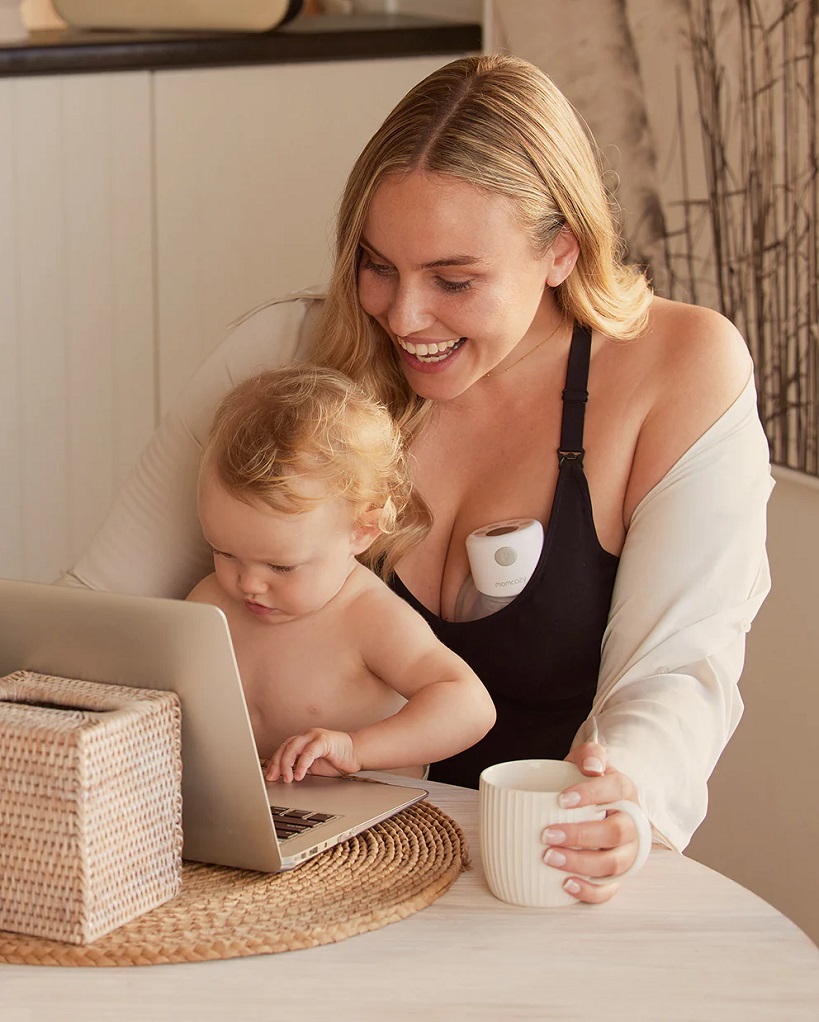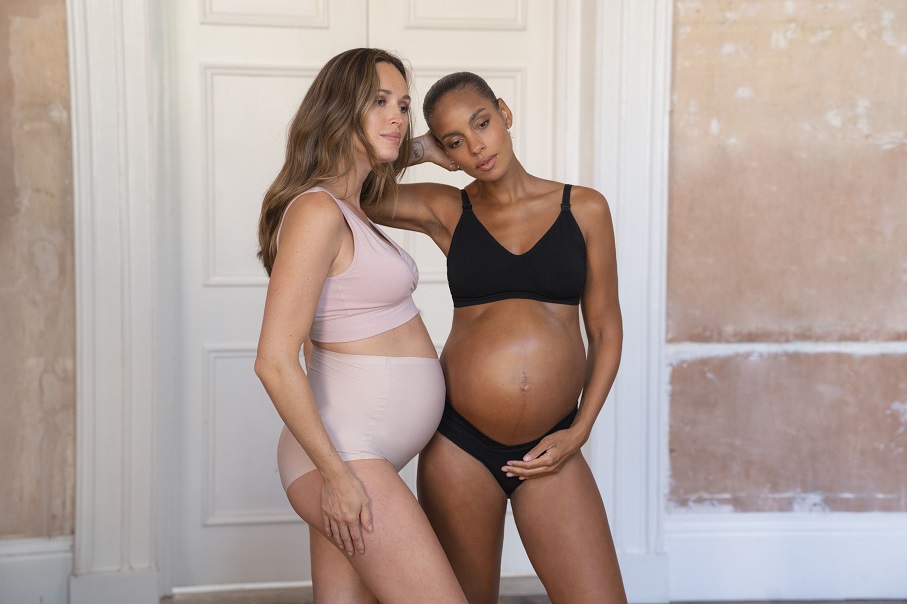Tips for Making Nursing a Beautiful Experience for Mother and Child
Contents
Breastfeeding, like pregnancy, is a thrilling experience. It has a lot of benefits for you and your little one, and it’s a terrific way for both of you to bond.
However, it also comes with engorged, uncomfortable, aching, and cracked nipples, leaky breasts, and muscular pains from holding a baby in your arms for long periods. From my own experience in breastfeeding my two boys, I can tell you that relieving some of these discomforts is possible with the help of certain vital nursing supplies. If you’re looking to breastfeed your baby, prepare ahead and purchase the following items before your baby arrives so you’re ready to feed your baby straight away.
A Couple of Comfortable Nursing Bras

These are bras made specifically for breastfeeding. The front features a flap with hooks or clips that may be quickly unlatched, revealing only the nipples for feeding. Nursing bras offer comfort, simple access to the breast, help keep the breast in position, and promote privacy when feeding. Some are cushioned to prevent breast milk leakage, while others include detachable breast pads.
The most important factors to consider while shopping for nursing bras are comfort, fit, ease of access, and support. I recommend you choose a natural fabric, like cotton, for your breastfeeding bra. Not only are natural fabrics more breathable than synthetics, but they’re also more absorbent if leaks happen (and they will happen).
As for cup style, a bralette or soft cup bra is more comfortable than an underwire bra. The pressure from an underwire will not only cause you discomfort but could also clog your ducts, which leads us to the next factor: fit.
Getting a nursing bra that is too tight could also increase your chances of getting your ducts clogged or developing mastitis. This could also result in sore breasts, so finding a bra that fits you right is vital.
Getting fitted in-person at a store is the best way to find a bra that fits well. To determine the ideal size for you, the salesman will measure your bust line and underbust. It’s also possible to determine your size by measuring yourself, according to the instructions provided by some online bra stores in New Zealand. It’s a good idea to get at least one in a bigger size for the first few weeks until your milk production stabilises.
And don’t think you’ll have to sacrifice style for comfort while breastfeeding. Nowadays, a range of gorgeous lacy maternity bras are available to help boost your confidence and support you through your motherhood journey.
Moisturising Nipple Cream
Breastfeeding can cause nipple pain and discomfort in the first few days or weeks, especially if your infant is prone to cluster feeding. A small tube of nipple cream may be really useful for mending and relieving pain. Nipple creams are used to keep the nipples moisturised and to prevent cracks and bleeding. It also soothes, moisturises, and promotes the healing of painful nipples. They are carefully developed to be baby-safe.
A Supportive Pillow
Breastfeeding pillows, as opposed to conventional pillows, which might be overly soft and rectangular, wrap tightly around a mom’s torso to situate the baby in an appropriate posture for breastfeeding. A supportive breastfeeding cushion can also help you maintain excellent sitting posture by decreasing tension on your arms, shoulders, neck, and back, and it can help newborns latch more efficiently.
A Quality Breast Pump

Breast pumps, which are available in both automated and manual versions, are an excellent addition to your breastfeeding basics. They are used to extract or express breast milk, which can then be stored for future use.
Are you unsure whether you’ll require a pump? If you are a working mother or if you need someone to feed your kid while you are gone, you will undoubtedly require a pump. If you’ll be rarely away from your child, you may want to opt for a hand pump.
Pumped breast milk can be safely stored in the freezer for 6 to 12 months if not used immediately. Special storage bags and bottles are available, and some breast pumps can pump straight into storage bags. These are freezer-grade glass and BPA-free containers with strong seals that are used to store extracted breast milk.
Absorbent Nursing Pads
Your breasts will leak as long as you nurse, especially in the first months. This means you’ll need breastfeed pads that fit inside your bra and collect any errant leaks to prevent a ruined shirt front. Nursing pads are small, spherical covers that go over the nipples. They come in disposable, reusable, and silicone varieties. Reusable pads are made of fabric and may be washed and used repeatedly (and again). Disposable pads are designed for single usage and are thrown away once they are saturated.
A Nursing Cover
You’ll want to have a breastfeeding cover at hand when out and about with your infant. Designed to cover your upper body, this item of clothing makes breastfeeding in public discreet.
Breastfeeding covers become particularly useful as babies age and become more prone to distractions; by being covered, they remain concentrated on the work at hand.
Comfortable Chair
You’ll be feeding your infant for a considerable amount of time, so having a recliner that supports you and is cosy enough for naps also helps. Some babies need to be fed 12 times a day for up to an hour in the early newborn days, which can be taxing on your shoulders, neck, back, and arms. Use a chair that is intended for mothers to ensure that you are seated correctly.



